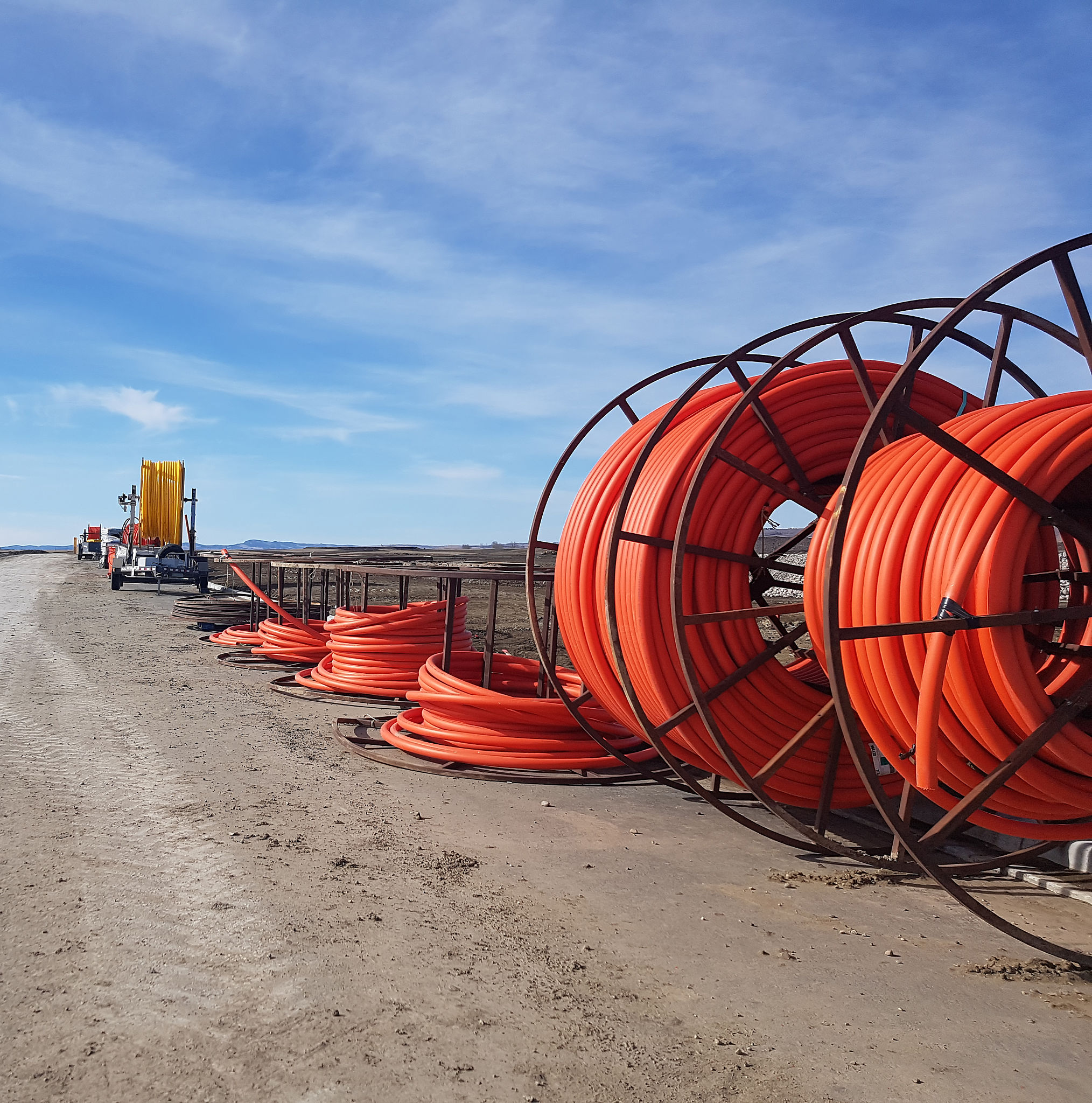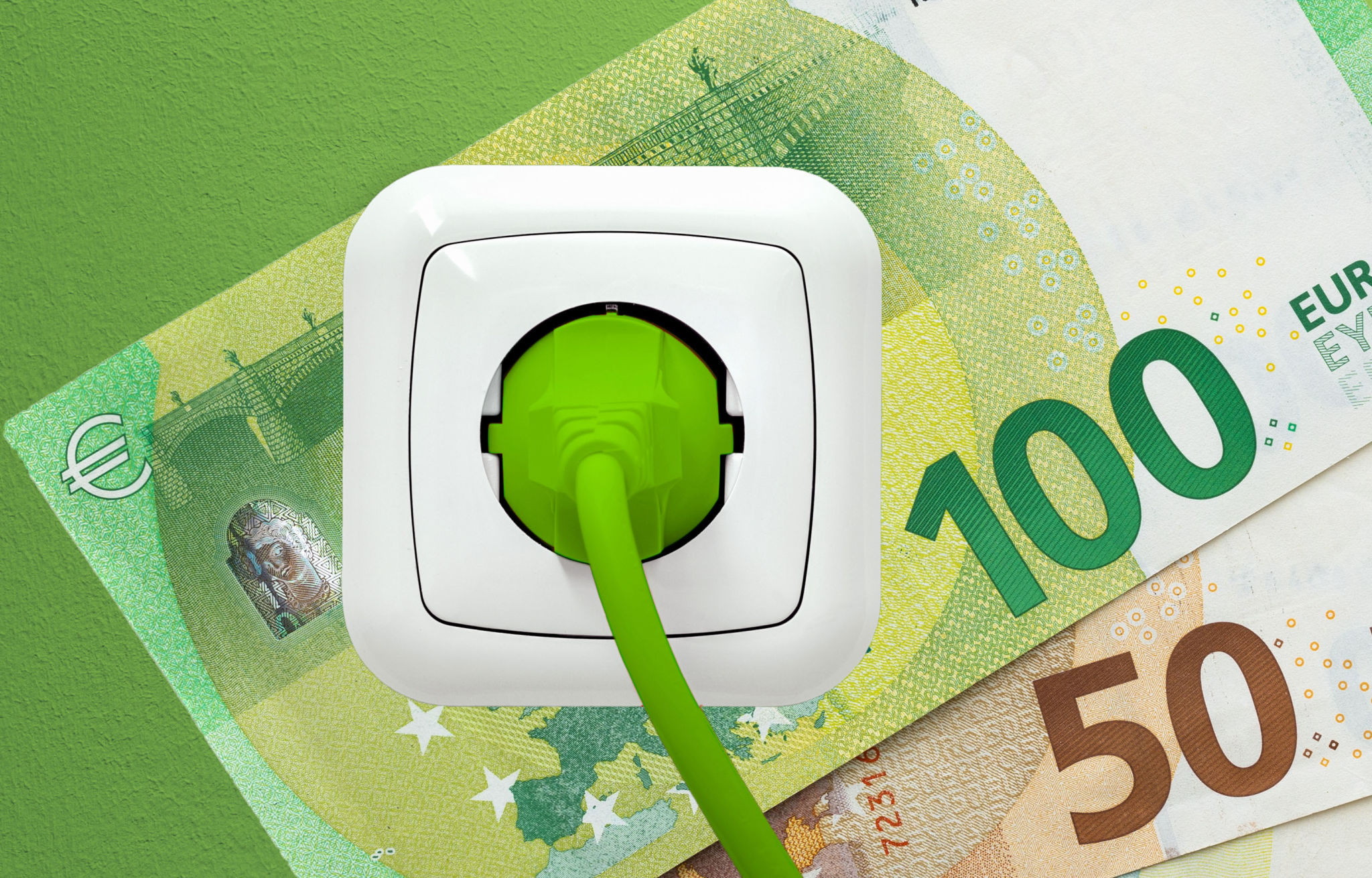Why Choose PVC Over Traditional Wood: A Comprehensive Comparison
Introduction
When it comes to construction and renovation, choosing the right materials is crucial. In recent years, PVC (Polyvinyl Chloride) has gained popularity as a preferred alternative to traditional wood. But what makes PVC a better choice? In this comprehensive comparison, we explore the advantages of PVC over wood and why it might be the right choice for your next project.
Durability and Longevity
One of the most significant advantages of PVC over traditional wood is its durability. PVC is resistant to rot, decay, and insect infestations, which are common issues with wood. This resilience makes PVC an excellent choice for outdoor applications where exposure to the elements is a concern.
Moreover, PVC does not warp, crack, or split over time, ensuring that structures remain intact and aesthetically pleasing for years. This longevity means less frequent replacements and repairs, ultimately saving you money in the long run.

Maintenance and Care
Wood requires regular maintenance, such as painting, staining, or sealing, to maintain its appearance and prevent damage. In contrast, PVC is remarkably low-maintenance. It does not require painting or sealing, and its color does not fade over time. A simple wash with soap and water is usually enough to keep PVC looking new.
This ease of care makes PVC an attractive option for busy homeowners or those looking to reduce long-term maintenance tasks and costs.
Cost-Effectiveness
While the initial cost of PVC may be higher than traditional wood, its cost-effectiveness becomes apparent over time. The reduced need for maintenance and replacements means that PVC can be more economical in the long run. Additionally, its installation process is often quicker and more straightforward, which can further reduce labor costs.

Environmental Impact
The environmental impact of building materials is a growing concern for many consumers. PVC has a lower carbon footprint compared to traditional wood, primarily because it does not require deforestation. Furthermore, many manufacturers are now producing PVC using recycled materials, contributing to sustainable building practices.
As an added benefit, PVC's long lifespan means fewer resources are used in production and replacement compared to wood.
Versatility in Design
PVC offers a wide range of design possibilities that can mimic the appearance of traditional wood while providing additional benefits. Available in various colors and finishes, PVC can suit any aesthetic preference without the drawbacks of natural wood.

This versatility allows architects and designers to create innovative structures that are both functional and visually appealing.
Conclusion
Choosing between PVC and traditional wood ultimately depends on your specific needs and preferences. However, the advantages of PVC in terms of durability, maintenance, cost-effectiveness, environmental impact, and design flexibility make it a compelling choice for many projects. Whether you're building a new deck, renovating a home, or embarking on a commercial project, PVC offers a reliable and sustainable alternative to traditional wood.